For many produce gardeners, squash is a must-have when planning a garden. Other gardeners may be intimidated by growing squash, but it’s easier to grow than you might think. What some gardeners may not know is that there are a few simple tricks to implement when planting squash that can make growing it easier and help produce better crops.
One of the most common tricks to help your squash plants is to utilize companion planting. There are many different companion plants that provide benefits to squash, each with its own attribute. In some gardens, you can use more than one companion plant in order to accomplish more than one goal.
What Is Companion Planting?
The basic idea of companion planting is to use different plants with beneficial attributes in close proximity to your primary crop in order for those plants to provide their benefits to the primary crop. These benefits can range anywhere from enhancing growth to deterring pests.
Some of the most common uses for companion planting include improving soil quality, providing nutrients for the primary plant, deterring pests, attracting pollinators, suppressing weeds, providing shade, and even serving as natural supports for climbing plants.
When choosing companion plants, it is important to use plants that will coexist well with your primary plant. While one companion plant may provide certain benefits to one of your primary plants, it may not work as well with a different primary plant. Doing your research ahead of time can help save you the trouble of pulling plants later down the line if they don’t end up working well together.
Squash plants can benefit from a variety of different companion plants. These helpful plants may not only make growing squash easier, but it can help you yield better crops by the time they are ready for harvest.
In addition to benefiting your squash plants, many companion plants can also be harvested themselves, creating more produce for your kitchen—or for your friends if you already have enough in your garden. Other companion plants may come in the form of beautiful flowers that—while you may not want to eat them—provide an added beauty to your garden while they work to improve your squash plants.
1. Peas
Peas make a good companion plant for squash because they introduce nitrogen into the soil. This is especially important if you have soil that is low in nitrogen, although this extra nitrogen can still be beneficial in soil where the levels are already sufficient.
Nitrogen is crucial for most plants, including squash, because it is a major component of chlorophyll, which is a crucial compound that allows the plant to do photosynthesis—the process by which the plant produces sugars from water and carbon dioxide using the sun’s energy.
In addition to adding nitrogen back into the soil, peas are also good companion plants because they are an extra crop that can be grown in your garden to utilize later. Peas are used in a variety of different dishes, but some people choose to eat them straight out of the garden.
2. Beans
If you are looking for another companion plant for your squash that will add nitrogen to the soil, beans are another great option. Both beans and peas are a part of the legume family, which is a wonderful place to look for plants that produce nitrogen.
If you live in a region where corn is planted—nearly any U. S. state—you have probably noticed that a majority of corn farmers will alternative corn and soybeans. Alternating these two crops is important to the corn plant because corn depletes nitrogen from the soil. When soybeans are planted the following year, they bring nitrogen with them, providing the corn with the nutrients they need for the next growing season.
Beans also make a good companion plant because there is a wide variety of bean types to choose from. While most home gardeners do not use soybeans, you could also choose from string beans, pole beans, lima beans, and pinto beans—just to name a few. There are more than 400 types of beans, so finding one that you want to plant in your garden should be easy!
3. Borage
Borage is a flower that, while not wildly popular, is growing in popularity due to its many beneficial traits. Borage is also known as the starflower, bee bush, bee bread, and bugloss. One of the primary reasons why borage is a good companion plant to squash is that it attracts pollinators, such as bees. Pollinators are needed to pollinate the squash flowers, which results in crop production.
Another added benefit that borage brings as a companion plant to squash is that it deters certain pest worms. Worms can damage plants, especially over time, by eating away at leaves and damaging root systems.
4. Icicle Radishes
Icicle radish is another companion plant that is beneficial to your squash plants when planted in close proximity. These radishes help to deter some of the most notorious insects that can harm your squash plants—the squash bug and the cucumber beetle. Just planting two or three plants nearby can be enough to deter these insects.
Icicle radishes are similar to the more common red radish, but they are white throughout, including the flesh. These radishes have a rich and spicy flavor but are said to be more mild than the common radish. Planting icicle radishes as a companion plant to your squash will give you the opportunity to try them yourself—you may even find some good recipes for them!
5. Dill
Many farmers who grow squash struggle with cucumber beetles—which can harm any type of squash. The best way to deter these beetles is to either plant a deterrent nearby, or plant something that will bring in their natural predators. Dill is known for attracting beneficial insects such as lacewings and ladybugs. Both of these insects will eat harmful pests—including the cucumber beetle—while leaving your plants unharmed.
Not only will dill attract larger insects that will eat the smaller, more harmful ones, but it is also a useful herb that many use in the kitchen. Dill is an easy-to-care-for and resilient plant that can be grown for cooking while helping your squash plants thrive.
6. Garlic
As many gardeners will tell you, aphids are pesky insects that are common nuisances during growing seasons. Aphids will feed on the leaves and stems of plants—such as squash plants—and will suck nutrients out, harming the plant. Aphids are common and can be difficult to get rid of completely, but there are ways to deter them from feasting on your squash plants.
Garlic is highly fragrant due to its strong sulfur compounds. This compound deters aphids, causing them to leave your garlic plants alone. Planting garlic near your squash as a companion plant can also deter aphids from harming your squash, as the scent of the garlic will linger and will help keep aphids out of the general area.
7. Mint
Squash plants are not only in danger of harm caused by small pests such as insects, but they can also be harmed by large mammals including deer and rabbits. While there are many plants that will help deter mammals from entering your garden, mint is an easy choice and grows well as a companion plant to squash.
There is a wide variety of mint options to choose from, many of which have the potential to be used as herbs in your kitchen. Even if you don’t have a need for your mint plants, they can provide a wonderful fragrance to your garden area—who wouldn’t want that?
8. Oregano
Another pest that you may encounter when growing squash is the cabbage moth. The name ‘cabbage moth’ is misleading because these pests not only harm cabbage plants, but they will also target other crops including squash plants. Oregano is a very aromatic plant, and cabbage moths do not like the smell of these plants. Planting oregano as a companion plant near your squash plants may help deter these insects from visiting your garden at all.
Oregano is a very commonly used herb that has many uses in the kitchen. Growing oregano is fairly easy and won’t require much of your attention, making it the ideal companion plant for your squash.
9. Phacelia
Phacelia is another flower that can be a beneficial companion plant for your squash. These flowers are also known as lacy phacelia, tansy phacelia, bee phacelia, facelia, and fiddleneck. Phacelia can benefit your squash plants by promoting pollination and attracting pollinators to the area. Pollinators are important to the growth of squash because they pollinate the squash flowers, causing them to grow into the food we eat.
The phacelia flowers have a unique look that brings something different to your garden. These flowers can also be grown as a ground cover which can be beneficial by suppressing weed growth around your squash plants.
10. Rosemary
Rosemary is similar to oregano and mint in the way that its fragrance—while pleasing to many of us—is strong enough to deter certain creatures and pests. In particular, rosemary helps to deter certain harmful worms, flies, and mosquitos, all of which have the potential to damage your squash plants. Rosemary has also been known to deter large mammals—such as deer—from the garden, although a hungry animal may still approach an area with rosemary if it is hungry enough.
Rosemary is another great herb to find uses for in the kitchen, and it has many applications. Rosemary is also said to have some medicinal uses, but make sure to check with your doctor before using it as a remedy for any ailments. If nothing else, rosemary provides a nicely fragrant addition to your garden that you can enjoy while you tend to your plants.
11. Marigolds
Not all companion plants need to be planted right next to your primary plant—it depends on the service they provide. In the case of marigolds, they actually attract pests such as squash bugs, aphids, squash vine borers, mosquitos, and whiteflies.
To use marigolds as a companion plant to your squash, you actually want to plant them a short distance away for them to be beneficial.
Although you don’t want them right next door to your squash, marigolds should be planted in the same general region of your garden to ensure that all of those pesky insects visit your marigolds instead of your squash.
12. Nasturtiums
Similarly to marigolds, nasturtiums should be planted a little ways off from your squash plants in order to do their jobs as companion plants properly. These pretty flowers primarily attract aphids which can cause heavy damage to squash plants if they get out of hand. Planting these flowers may help encourage aphids to move onto them as opposed to your crop plants.
While sacrificing your flowers for the good of your produce plants may seem harsh, many flowering plants are not overly harmed by pests and can still thrive with them around. On the other hand, some producing plants, such as squash, can be harmed by pests to the point where their crop yield is reduced or damaged.
What not to Plant with Squash
In addition to many beneficial companion plants, there are also some plants that should be strictly avoided when it comes to planting alongside your squash. These other plants are okay to plant further down your garden bed, but they should not be neighbors to your squash.
13. Potatoes
Potatoes rely heavily on the nutrients in the soil for their growth. Therefore, planting potatoes will deplete surrounding soil of its nutrients, leaving none behind for other plants to utilize. Potatoes should not be planted near squash plants because both plants rely on the same nutrients for growth and producing their crop.
14. Pumpkins
Pumpkins are another crop to keep away from your squash plants. Squash and pumpkins, while not the same, are closely related, meaning that they can cross-pollinate with each other. When you are growing plants for their crops, you do not want cross-pollination with other plants because the fruits may not turn out the way you intended. While it’s fine for some plants to cross-pollinate, pumpkins and squash do not make a good match.
15. Fennel
Fennel is known for attracting certain insects and pests that may cause harm to squash plants. While some previously mentioned companion plants are beneficial for this same reason, fennel does not make a good companion plant due to its nature of impeding the growth of nearby plants. When growing fennel, it needs to have its own space in order to ensure that it does not harm the growth of any other plants growing nearby.

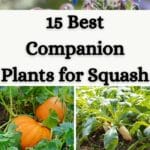



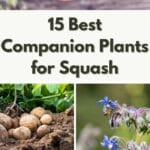

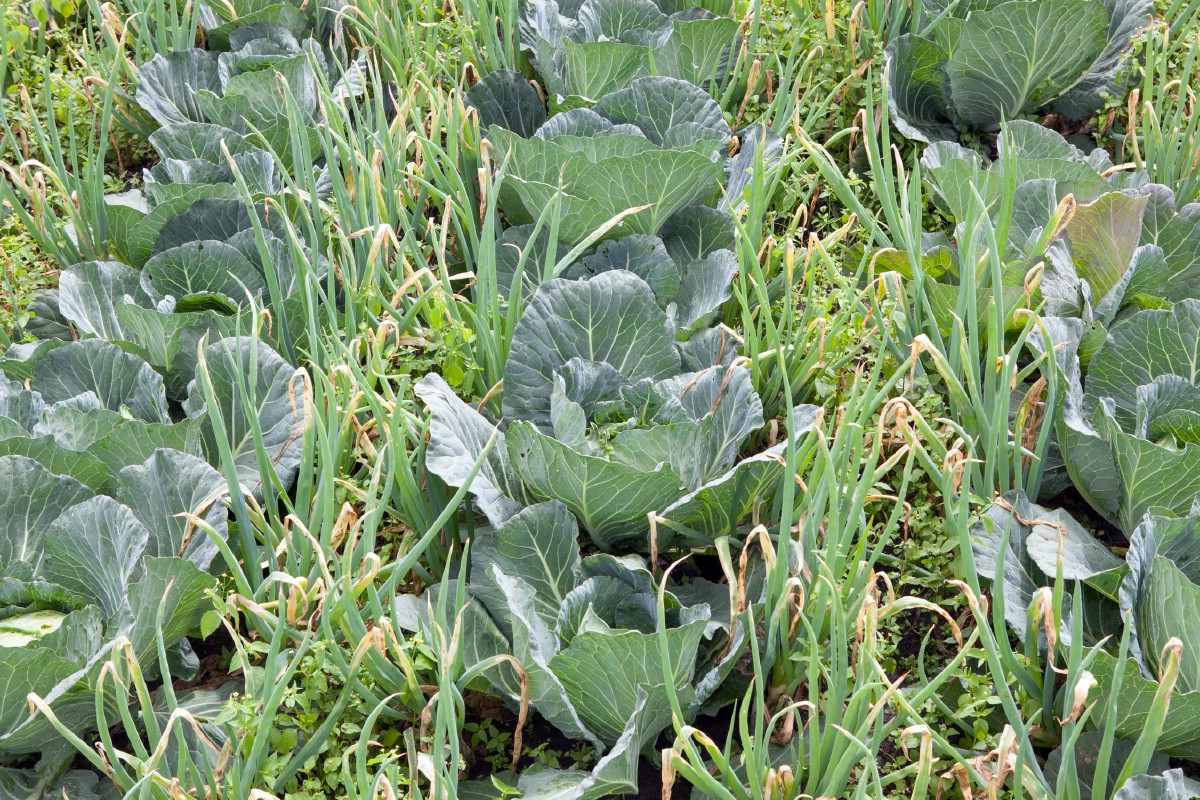
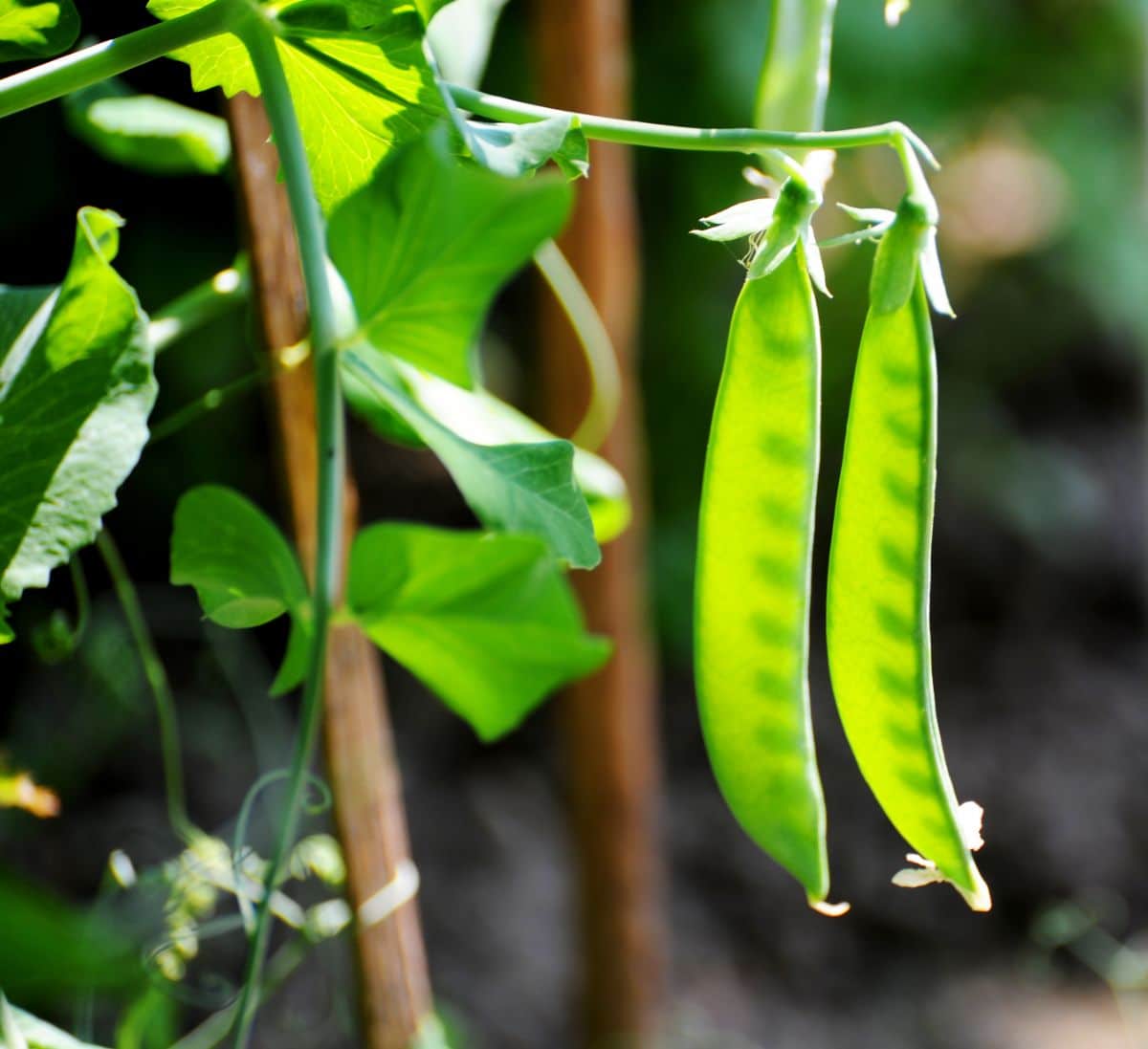
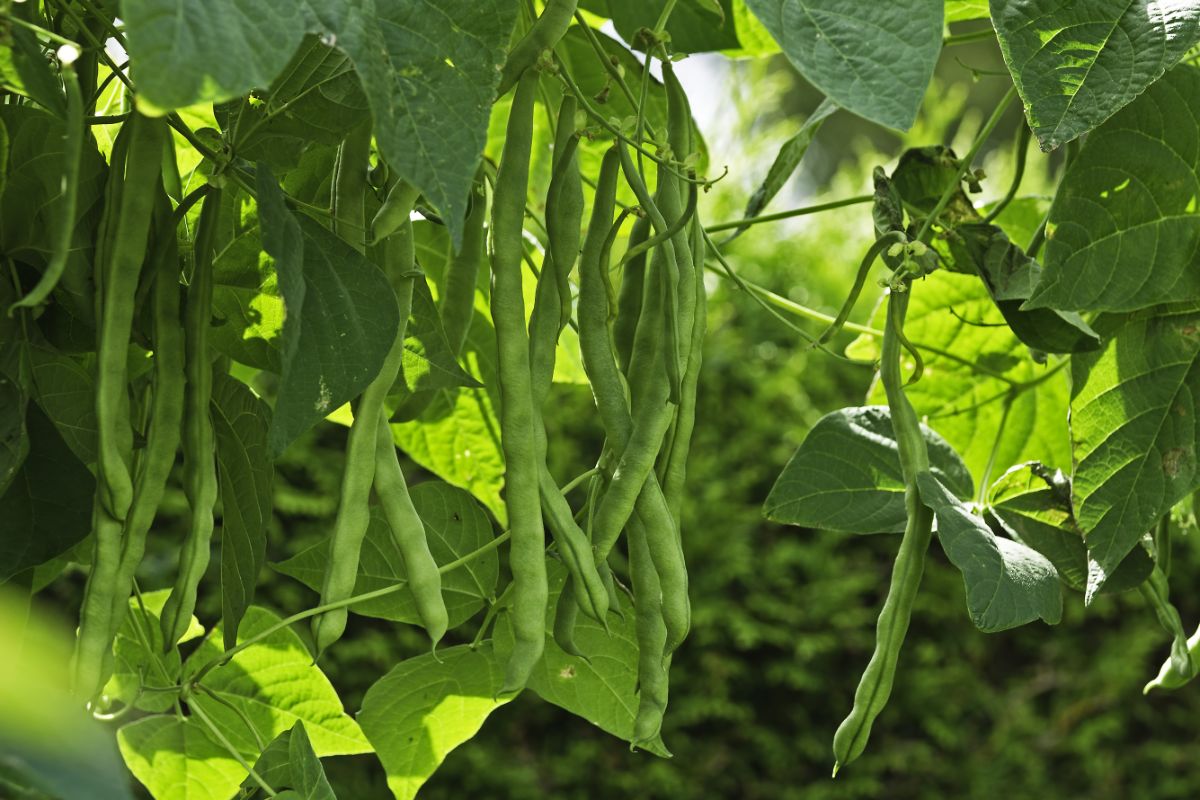
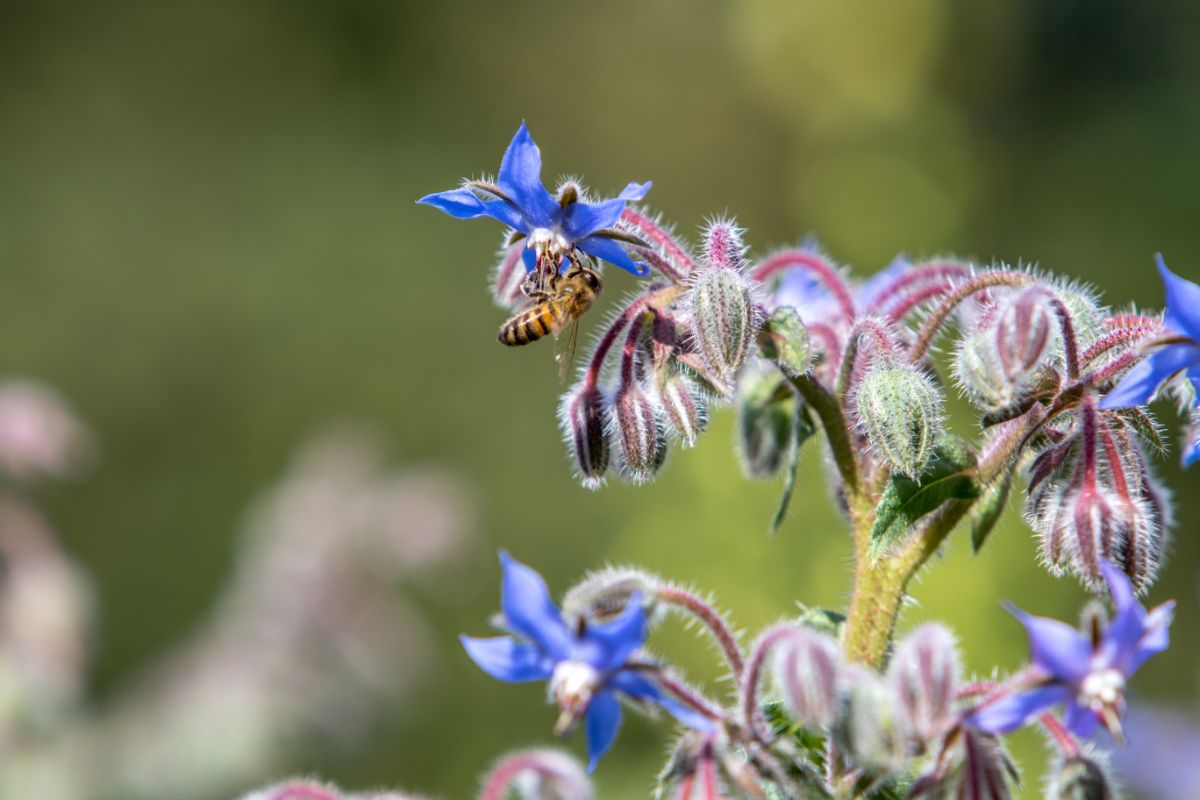
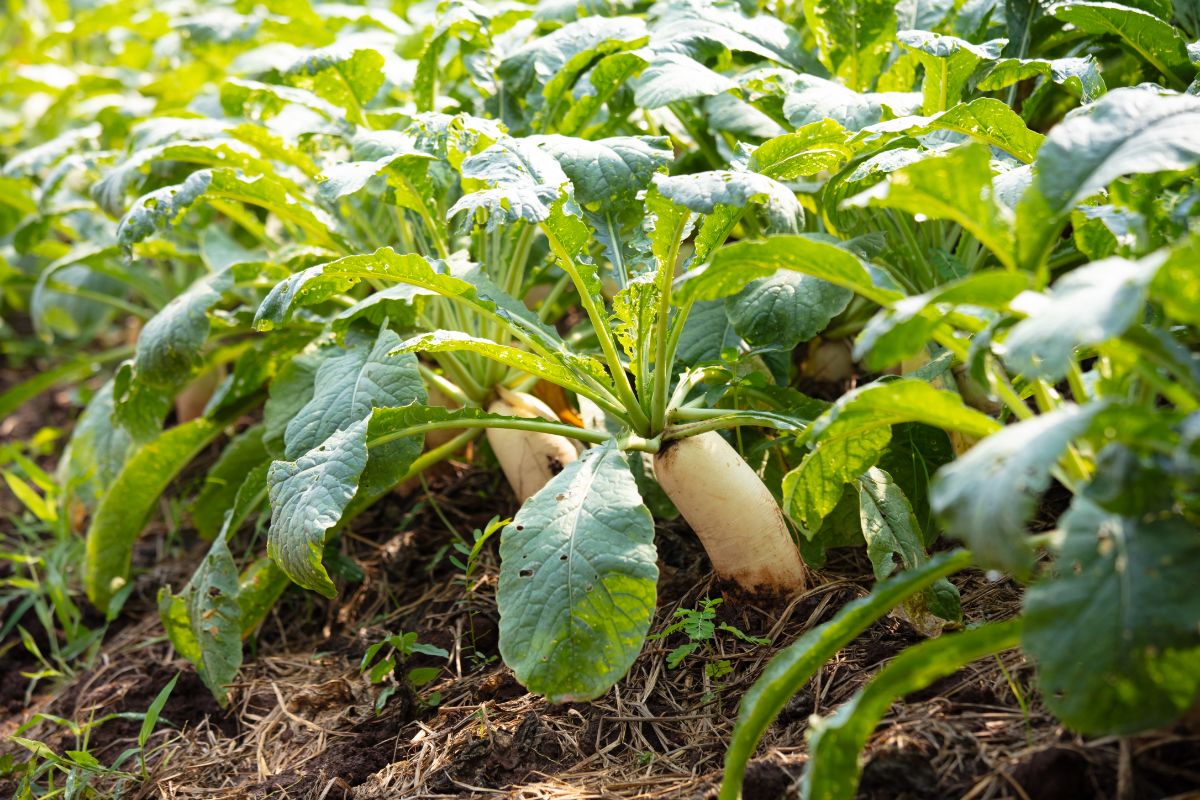
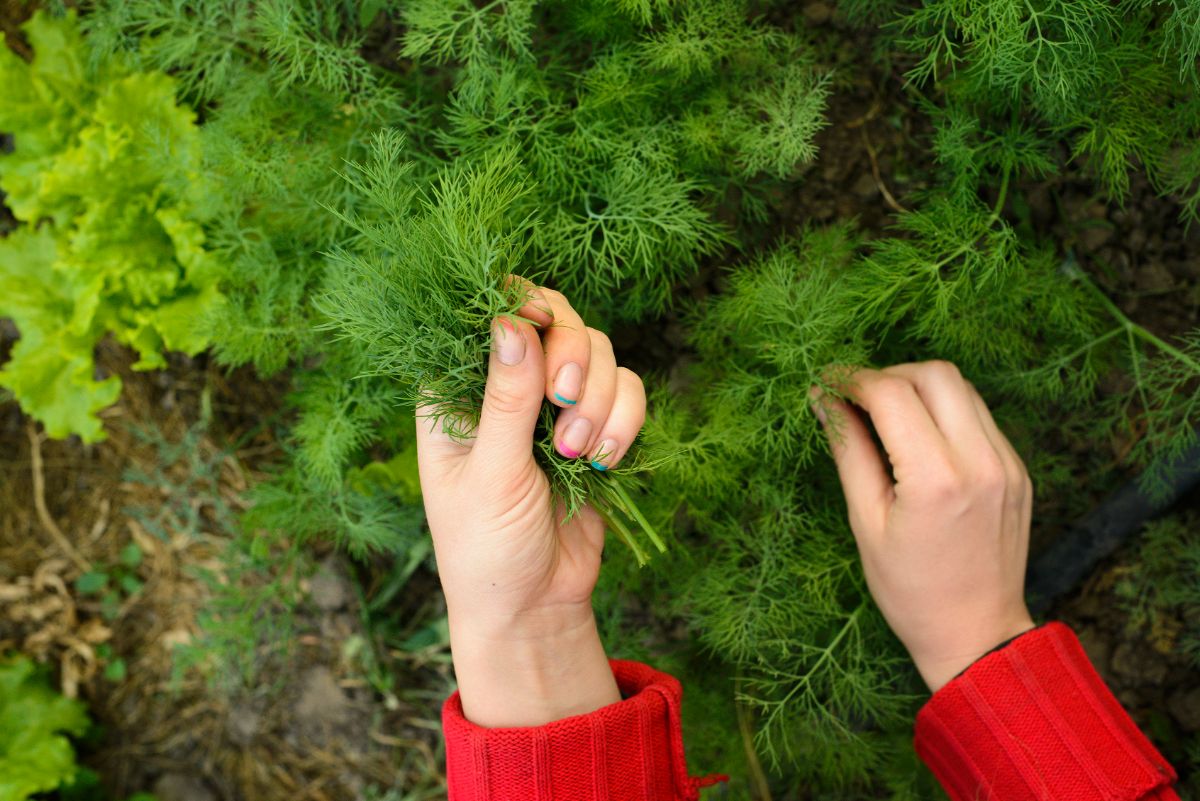
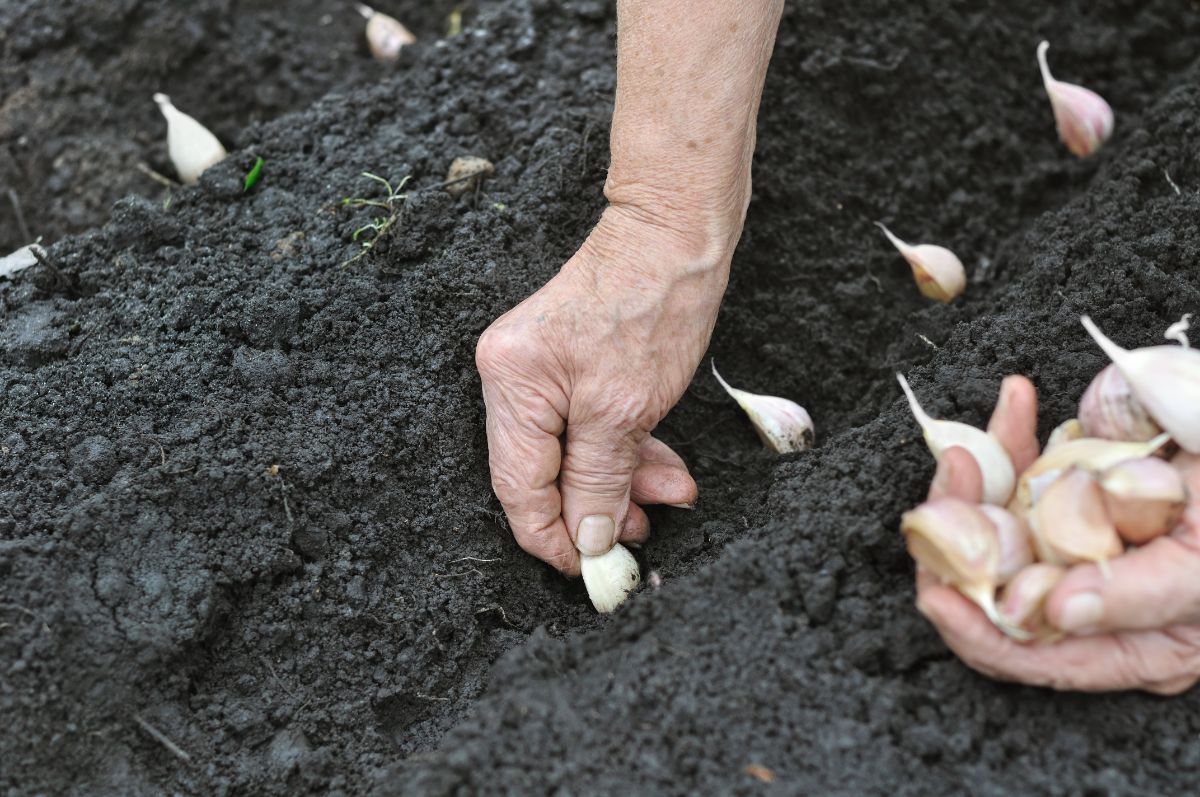
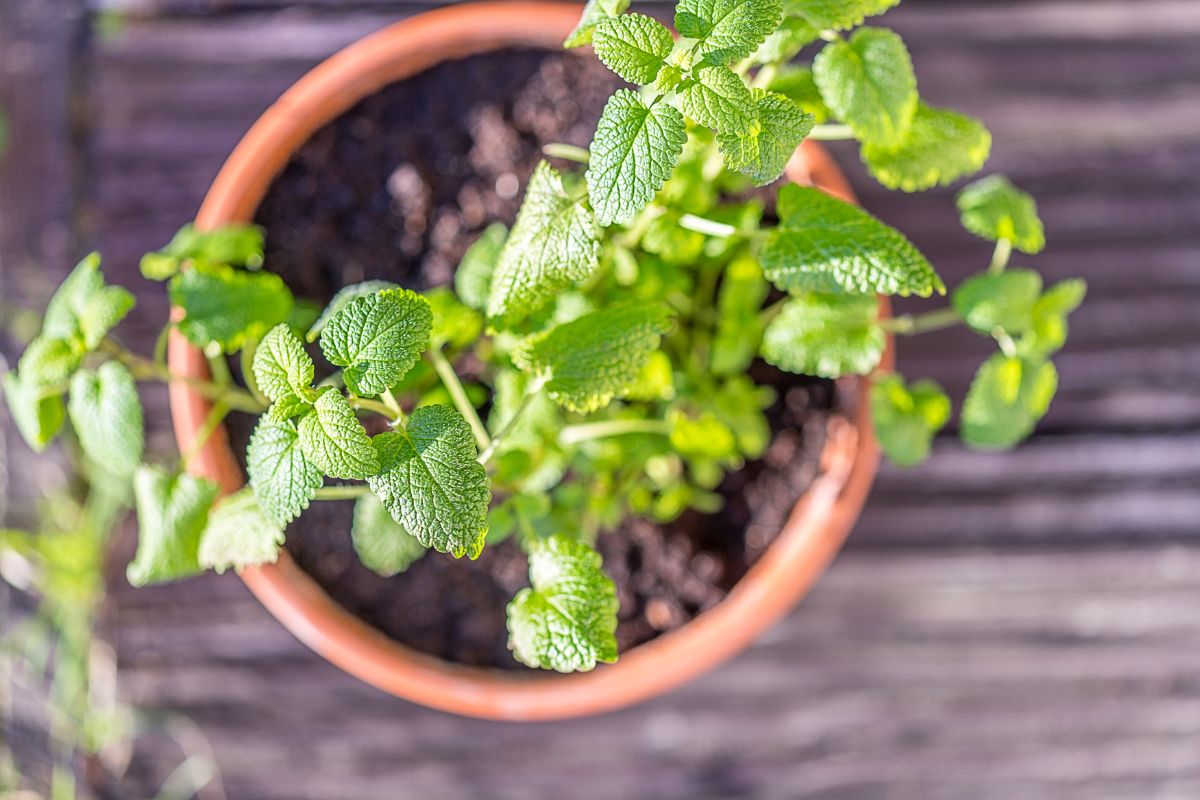
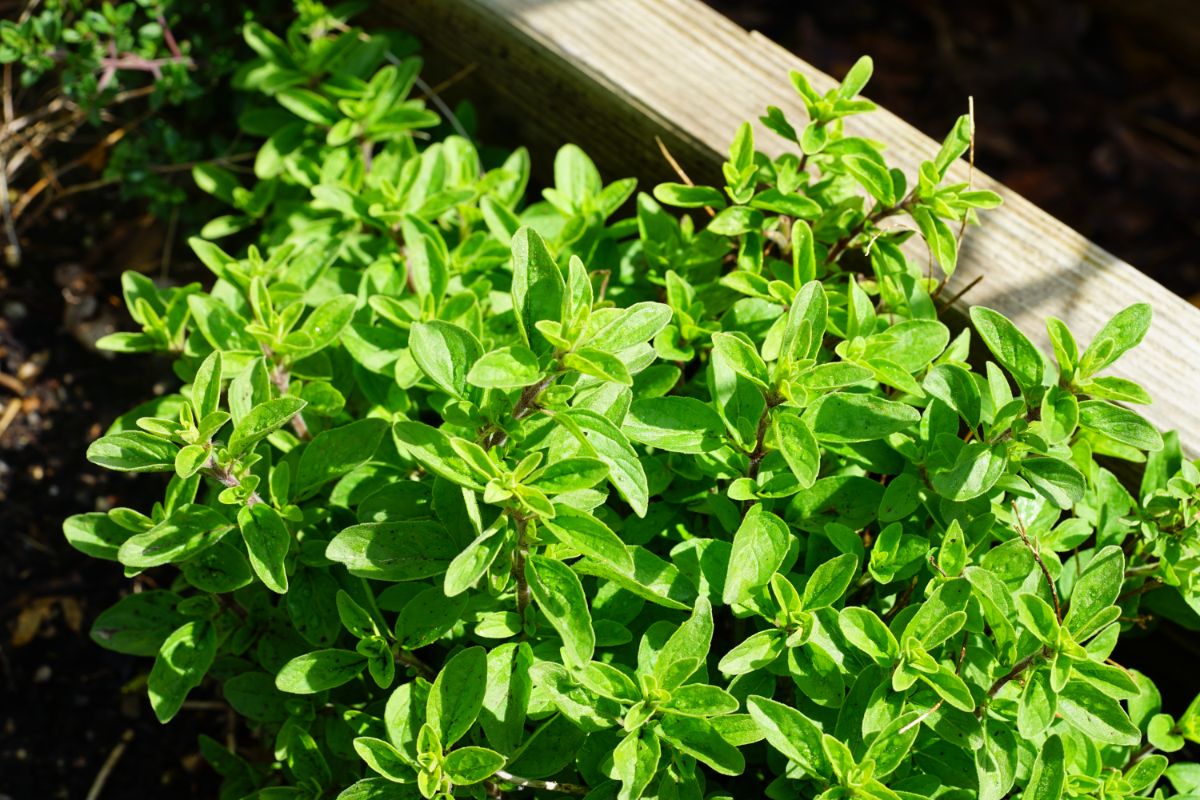
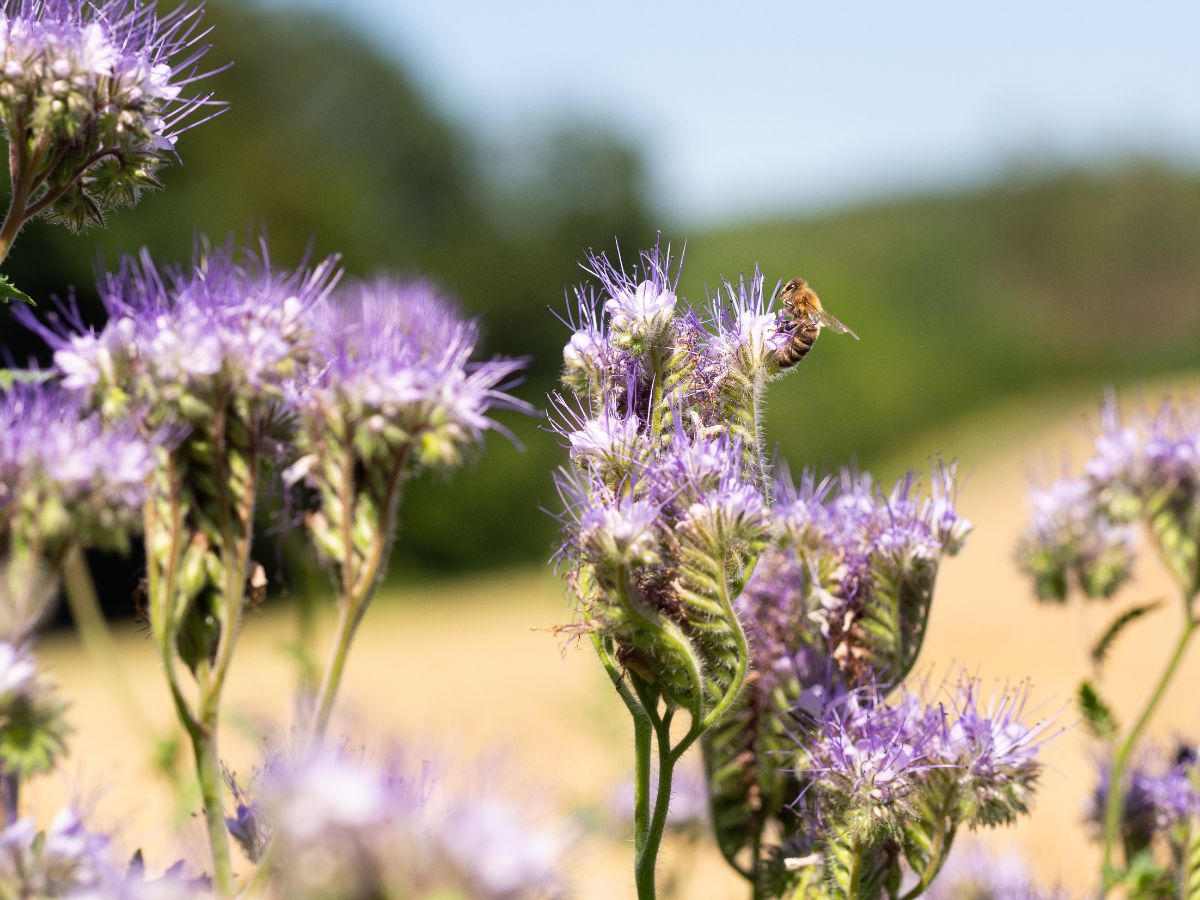
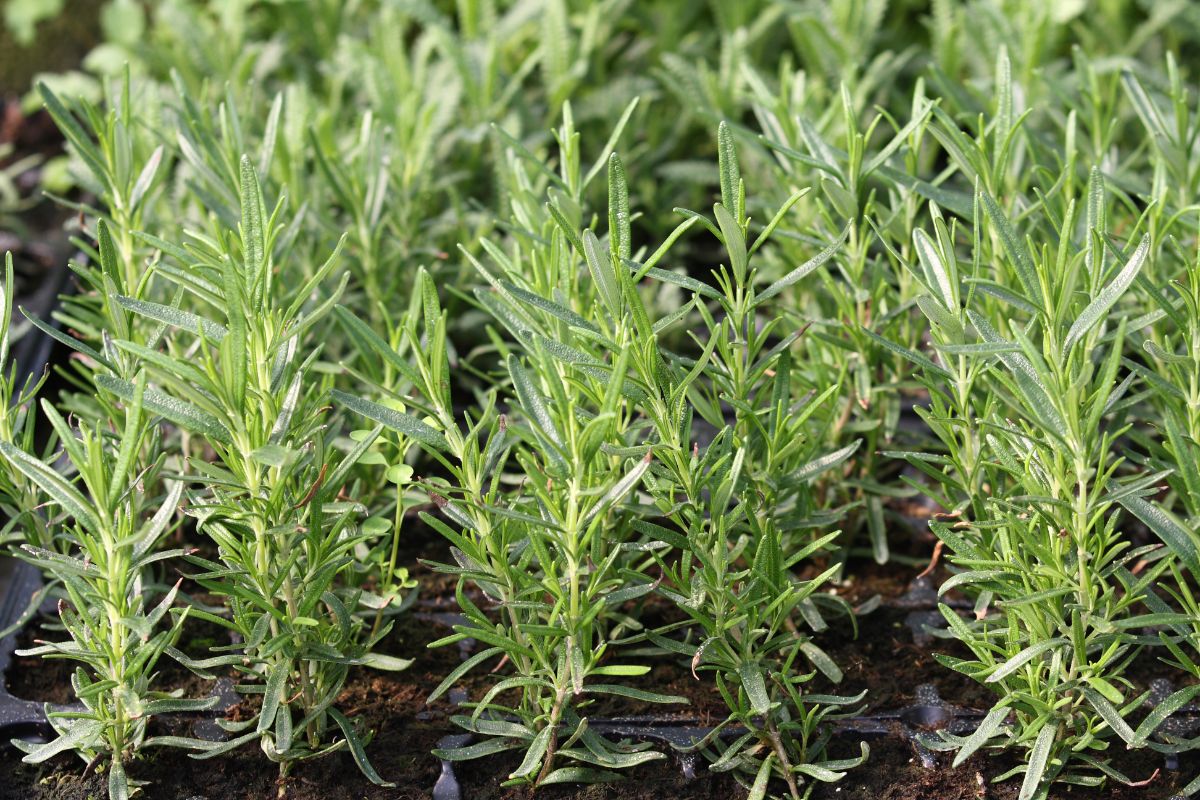
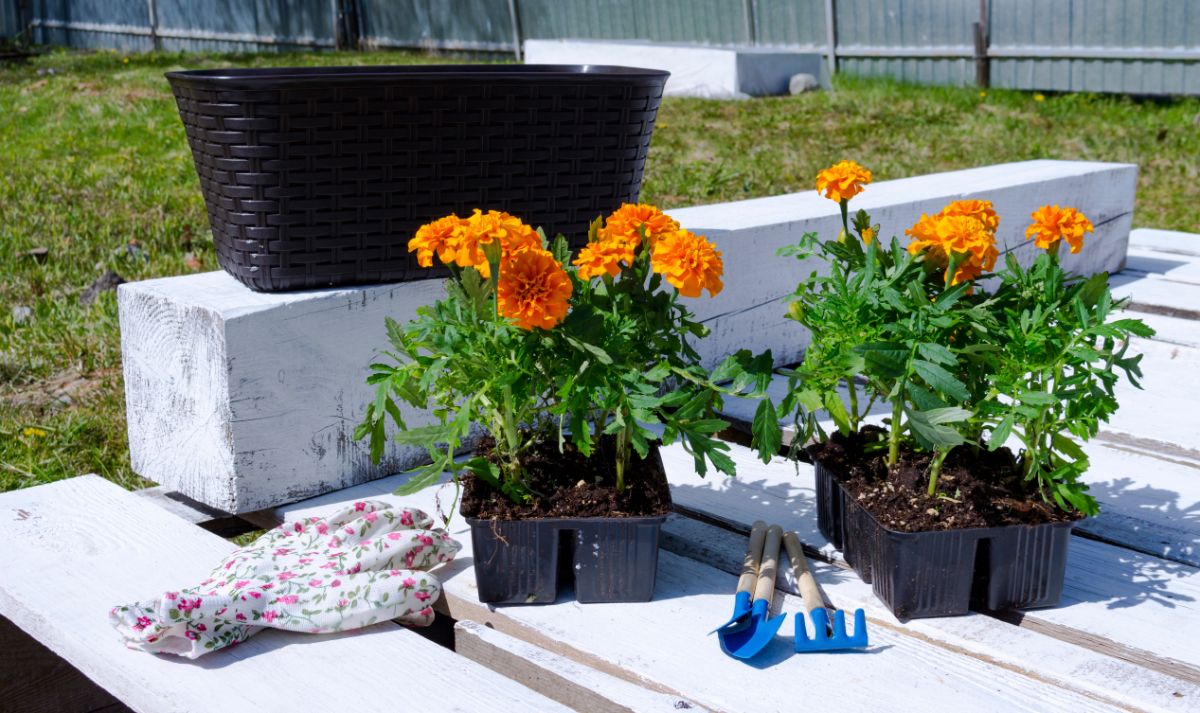
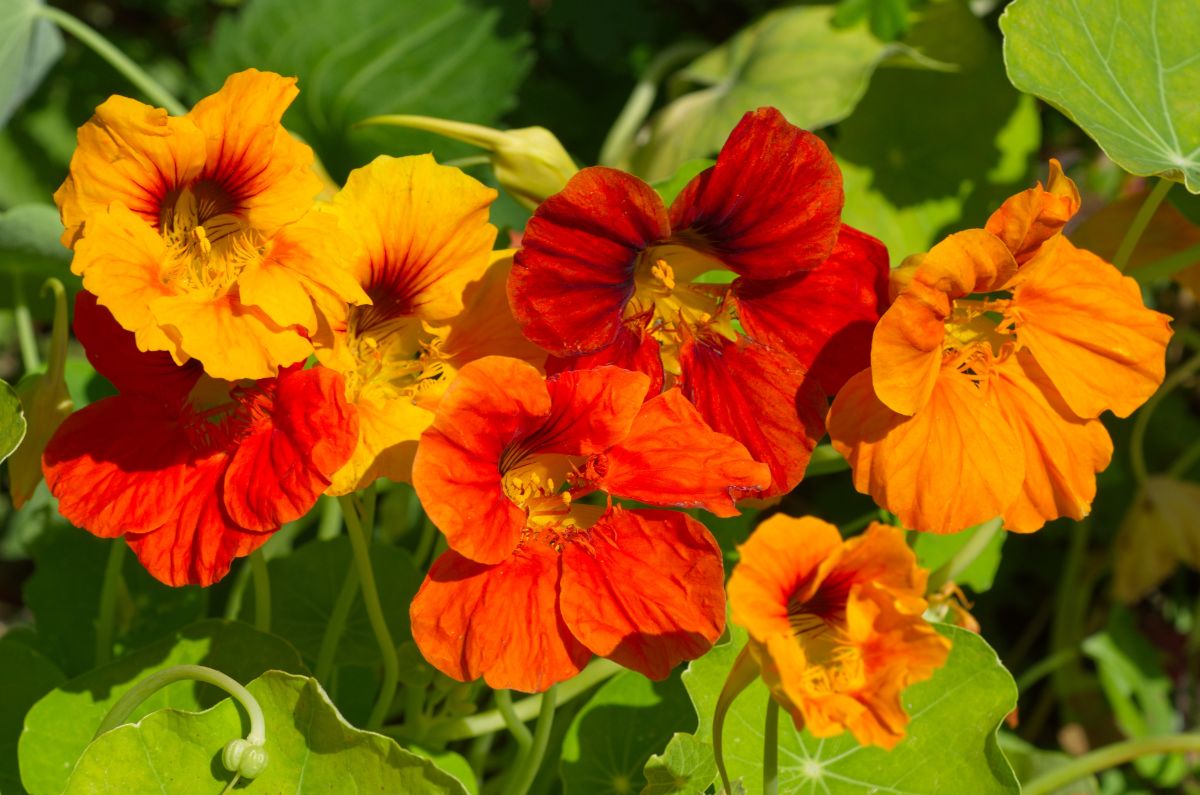
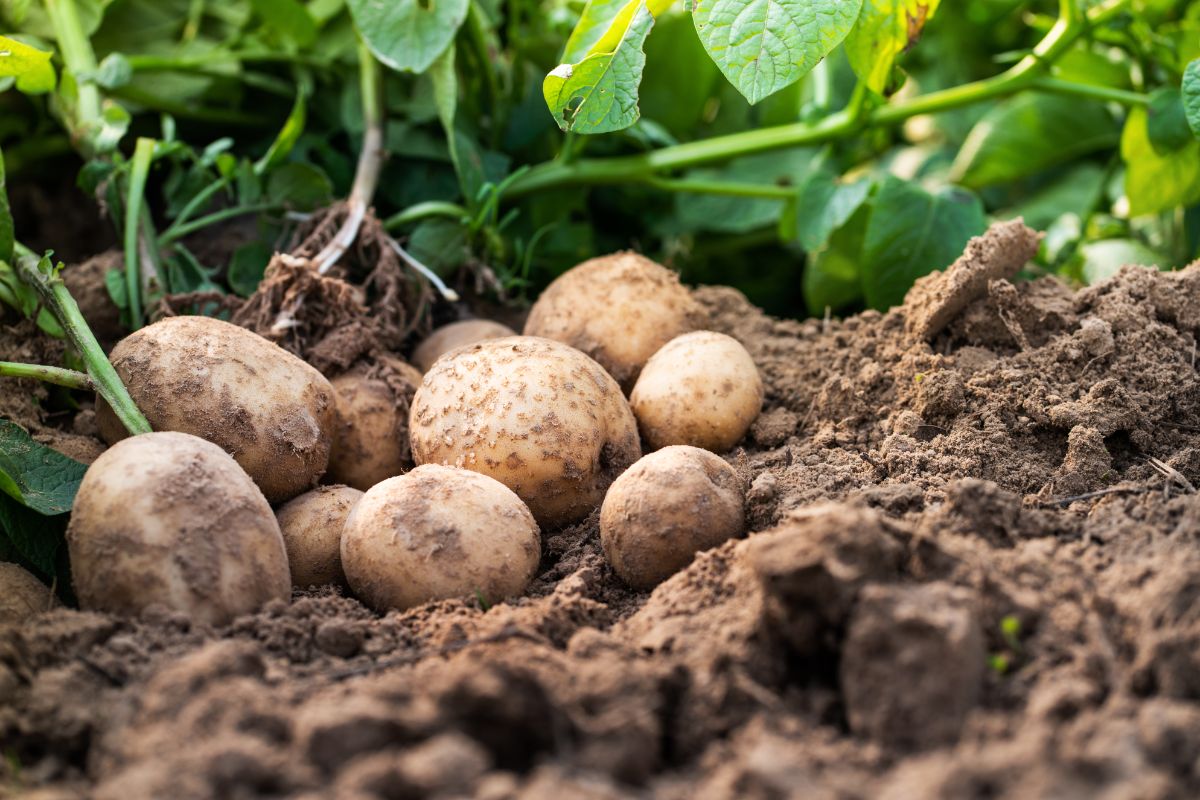
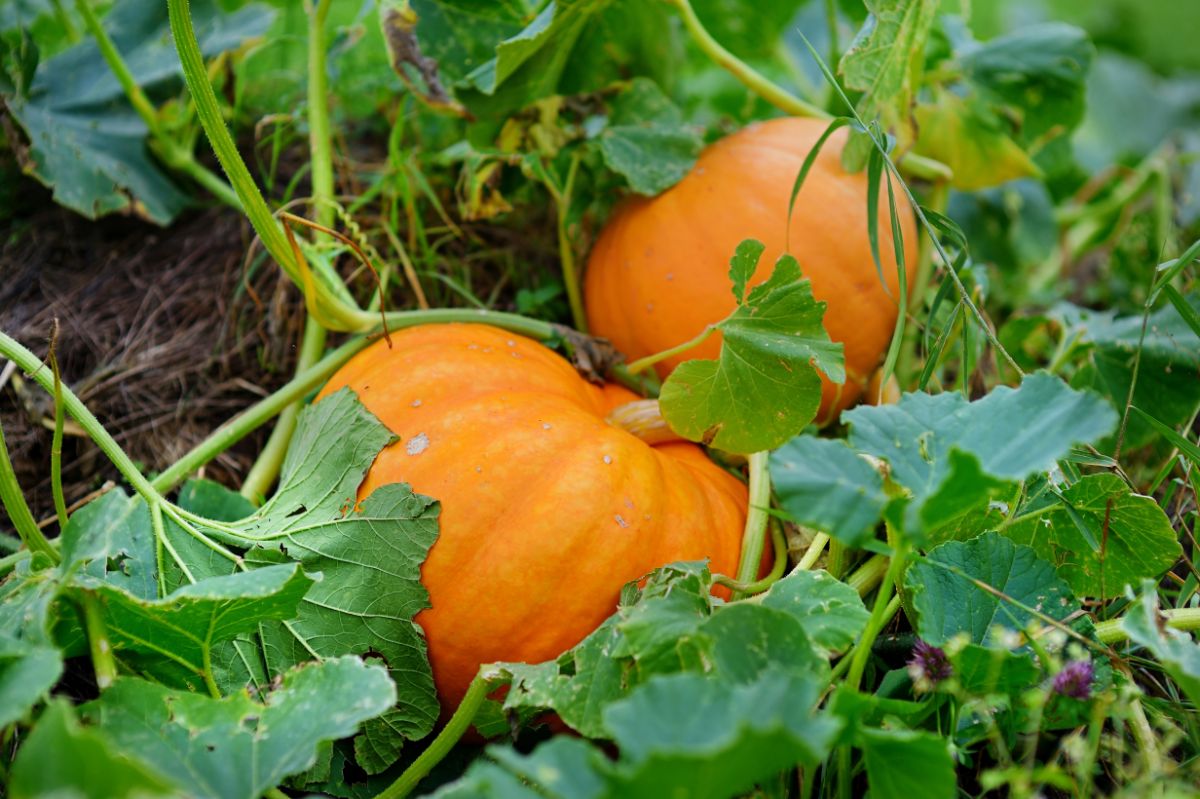
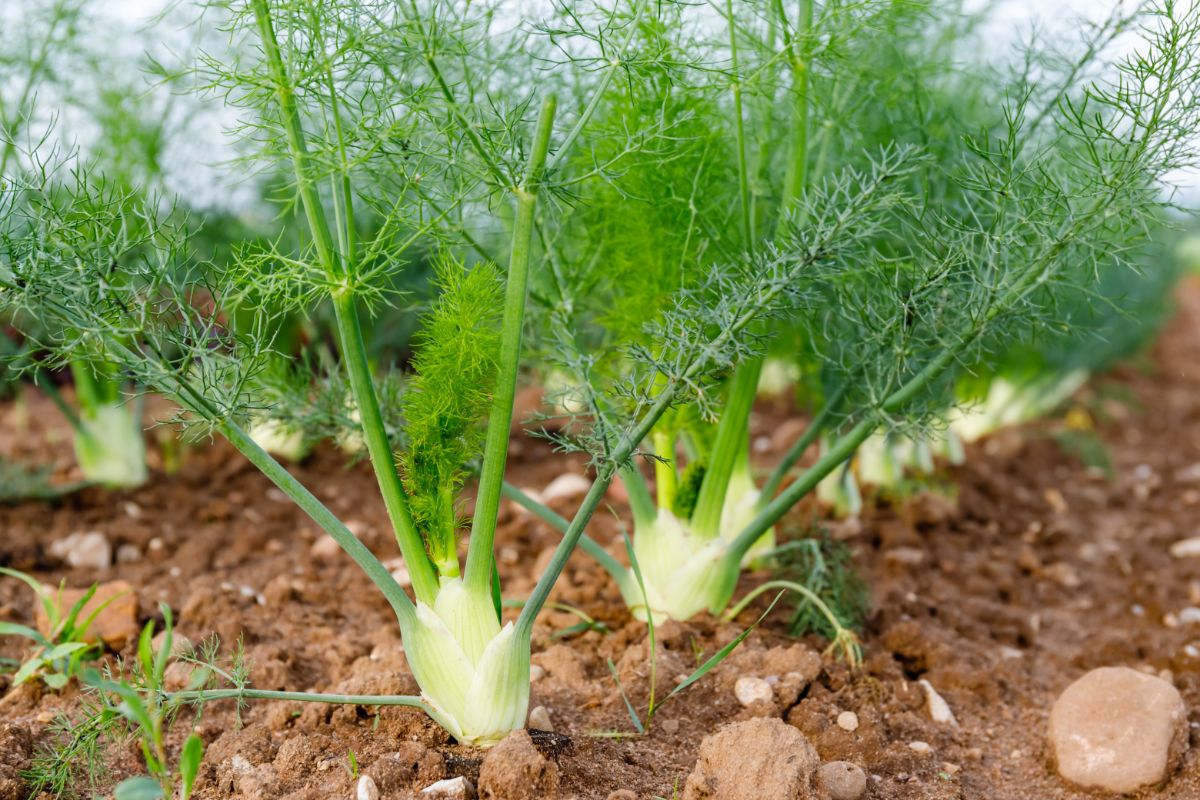




Leave a Reply